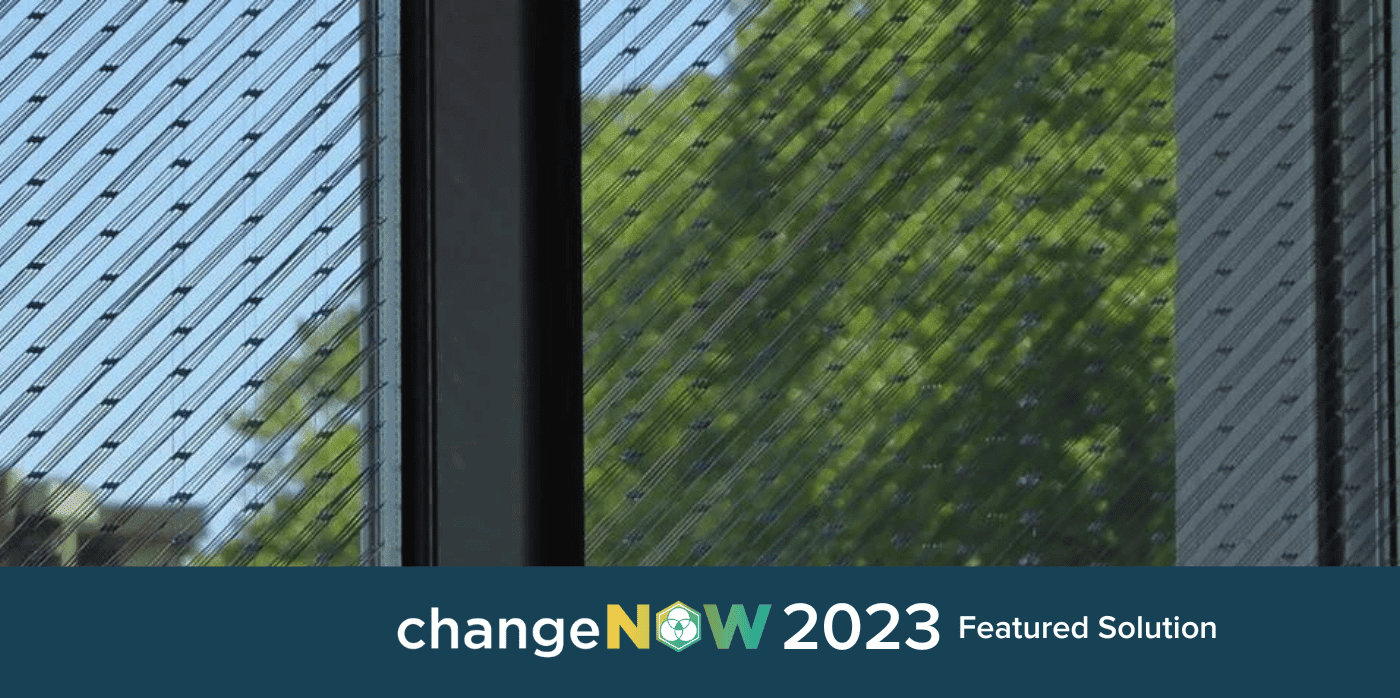Adjustable blades protect windows from the summer heat

Spotted: Despite all pledges to reduce emissions to reverse the worst effects of climate change, scientists believe that even if we fully implement all 2030 nationally determined contributions, pledges, and net-zero targets, global warming of nearly two degrees Celsius is still expected later this century. Heating, ventilation, and air conditioning (HVAC) operational costs will naturally rise alongside temperatures, and use of those systems further exacerbates environmental damage.
One way to help reduce reliance on traditional HVAC systems is to retrofit existing structures with energy-neutral solutions that reduce indoor heating during the summer while allowing the sun’s rays in during winter. French technology company Immoblade has taken inspiration from the space industry to create low-cost, quick-to-install, custom sunshade blades on windows and roofs.
The blades are available in a range of shapes and sizes, from the barely visible designs of the Immoblade Mini to the wide, closely fitting stripes of the Immoblade Serigraphy. Installed in the same way as regular double glazing, the blades allow light into the building while blocking heat when the sun reaches a certain angle. Similarly, when the sun is below a certain angle during the winter, the blades allow heat to enter the building.
Each solution is custom designed for the location and the structure, with the Immoblade team conducting a full thermal review of the building’s façade and local environment. The design of each set of blades meets the exact heating and cooling requirements of each piece of glass, and performance is monitored throughout the duration of the lifespan of the blades. Maintenance costs are zero as the designs and applications are fixed.
Immoblade was first spotted by Springwise in 2021, and was one of the featured solutions at ChangeNOW 2023.
Glass bricks that collect solar energy and nailable solar shingles are two other recent innovations in solar energy that Springwise has spotted helping to make renewable power more accessible and widespread.
Written By: Keely Khoury


